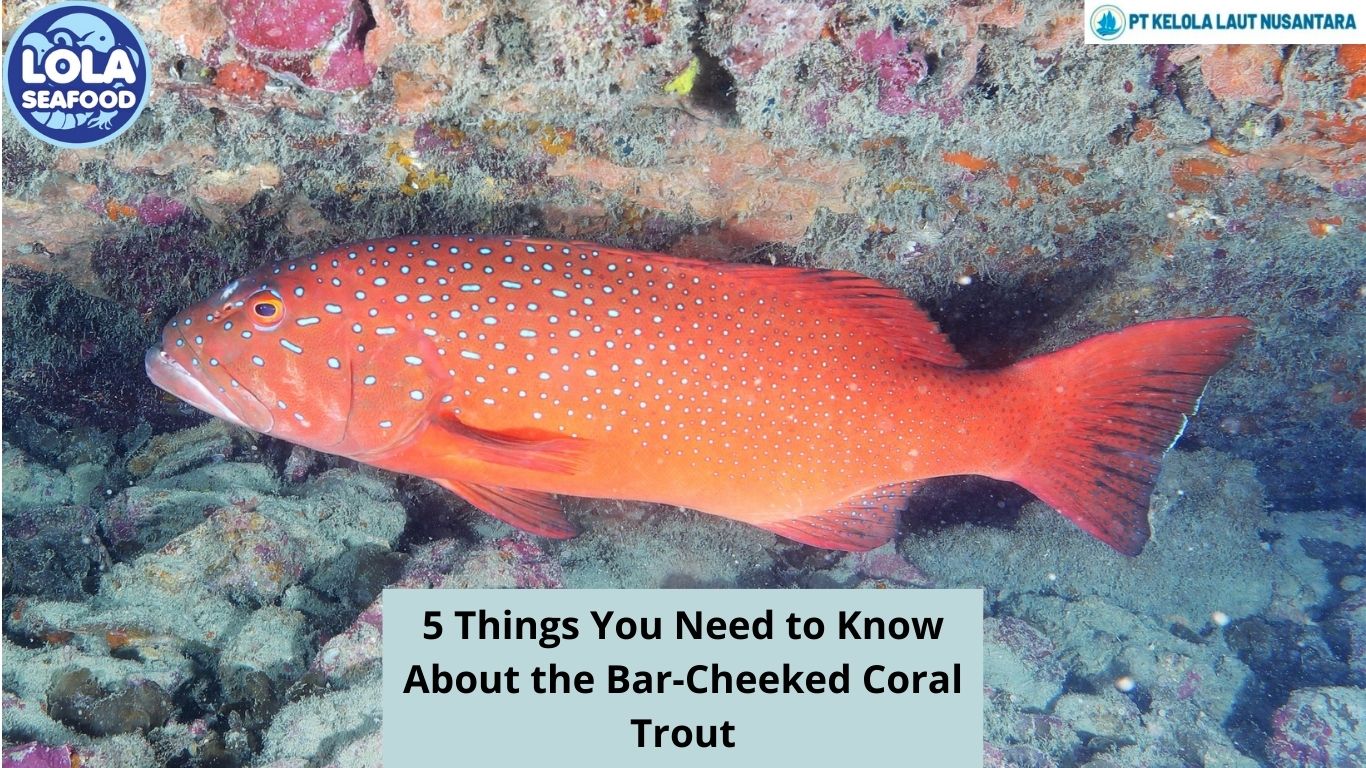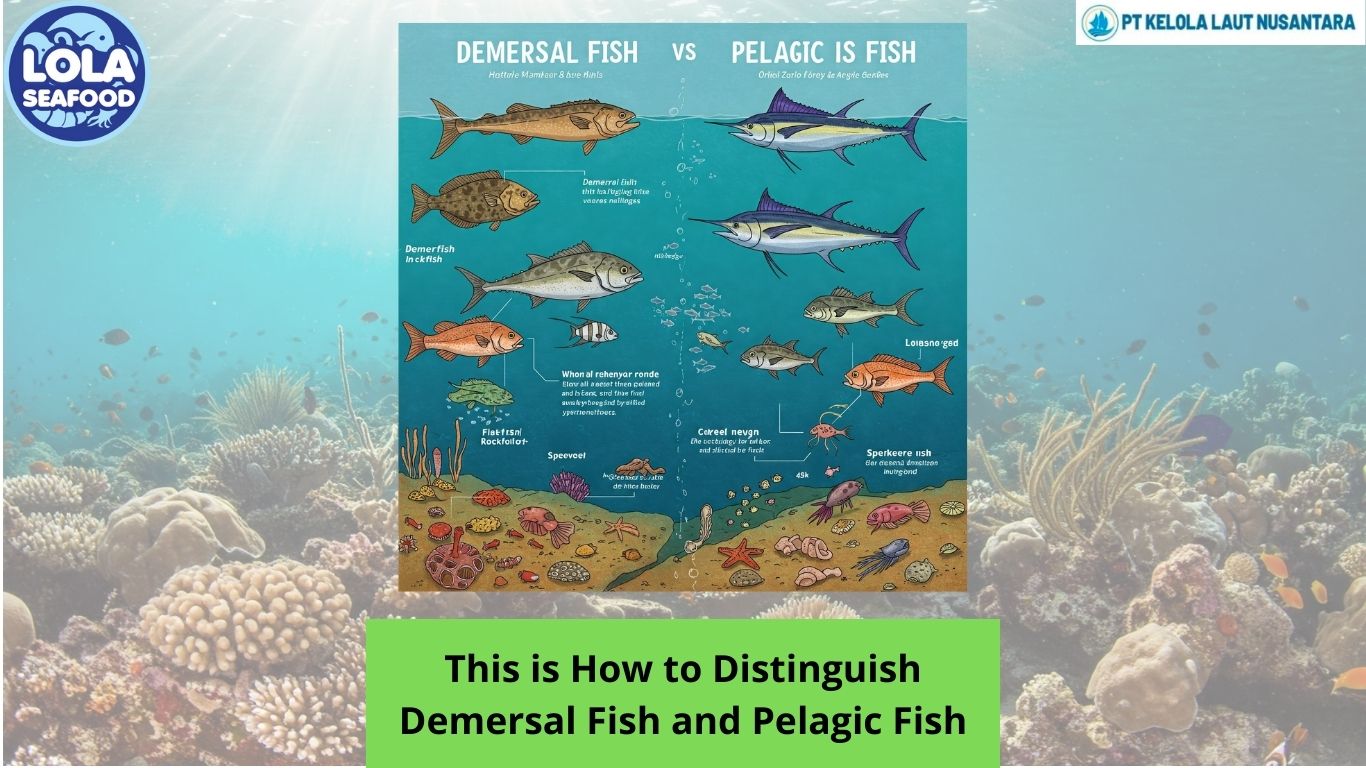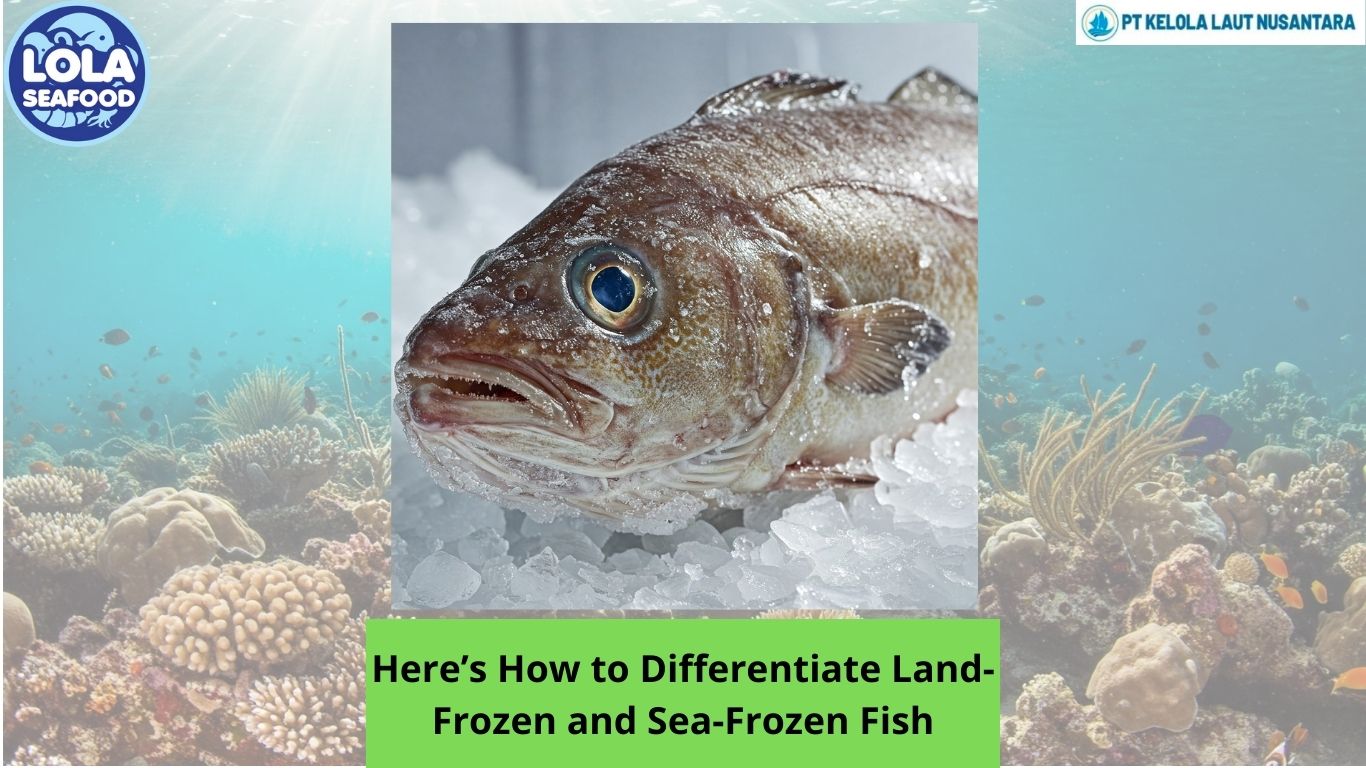5 Things You Need to Know About the Bar-Cheeked Coral Trout
By. Ely Kusniawati - 06 Feb 2025
Kelolalaut.com The Bar-Cheeked Coral Trout (Plectropomus maculatus) is a stunning and highly sought-after fish found in tropical coral reef ecosystems. Known for its vibrant colours and delicious taste, this species plays a crucial role in marine biodiversity and the fishing industry. Here are five essential things you should know about the Bar-Cheeked Coral Trout.
1. Distinctive Appearance
The Bar-Cheeked Coral Trout is easily recognized by its striking coloration. It typically has a reddish or pinkish body adorned with numerous small blue spots. What sets it apart from other coral trout species are the distinctive dark bars on its cheeks, which give it its name. These markings become more pronounced when the fish is stressed or excited. This unique appearance helps it blend into the coral reef environment, providing camouflage against predators.
2. Habitat and Distribution
This species is found in the warm waters of the Indo-Pacific region, particularly along the Great Barrier Reef, the Coral Sea, and parts of Southeast Asia. It prefers shallow coastal reefs, typically at depths ranging from 5 to 50 meters. Bar-Cheeked Coral Trout thrive in areas with abundant coral cover, where they can ambush prey and find shelter from larger predators. They are territorial fish and often establish home ranges within the reef.
3. Carnivorous Diet
As an apex predator in coral reef ecosystems, the Bar-Cheeked Coral Trout primarily feeds on smaller fish, crustaceans, and cephalopods like squid. It is an ambush predator, using its quick reflexes and sharp teeth to capture unsuspecting prey. Its diet plays a crucial role in maintaining the balance of reef ecosystems by controlling the population of smaller fish species.
4. Importance to Fisheries
The Bar-Cheeked Coral Trout is a highly valued fish in commercial and recreational fisheries, particularly in Australia and Southeast Asia. It is prized for its firm, white flesh and is often sold in seafood markets or served in high-end restaurants. Due to its popularity, there is concern about overfishing, which threatens wild populations. Sustainable fishing practices, such as size limits and marine protected areas, are being implemented to ensure the species’ long-term survival.
5. Threats and Conservation Efforts
Like many reef-dwelling species, the Bar-Cheeked Coral Trout faces several threats, including habitat destruction, climate change, and overfishing. Coral reef degradation due to rising ocean temperatures and pollution can reduce available habitat and food sources. Overfishing, especially for live reef fish markets, has led to declining populations in some areas. Conservation efforts, including marine reserves, catch limits, and eco-friendly fishing practices, are crucial to protecting this species. Organizations are also promoting aquaculture as a sustainable way to meet demand without harming wild populations.
The Bar-Cheeked Coral Trout is not only a stunning and ecologically important species but also a valuable resource for fisheries. Understanding its role in marine ecosystems, as well as the threats it faces, is key to ensuring its survival for future generations. By supporting sustainable fishing practices and reef conservation efforts, we can help preserve this remarkable species and its habitat.
If youre interested in our Grouper Fillet Skinless, Grouper Black Dotted Whole Round, and Grouper Fillet Portion Cut please do not hesitate to contact us through email and/or whatsapp

.jpg)
.jpg)
.jpg)




